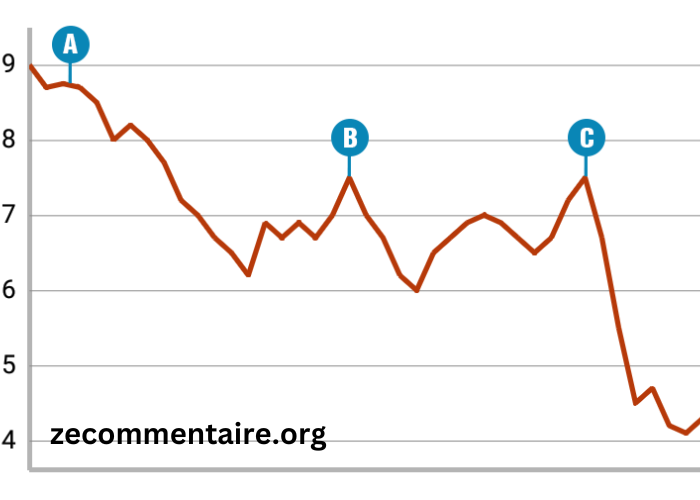In the dynamic world of turf betting, understanding the evolution of PMU (Pari Mutuel Urbain) odds is crucial for informed decision-making. As one of the largest betting operators in France, PMU plays a significant role in shaping the landscape of turf betting, with its odds reflecting the collective wisdom of bettors. In this comprehensive guide, we will delve into the evolution of PMU odds and explore how they impact turf betting strategies and outcomes.
Understanding PMU Odds: The Basics
PMU operates on the pari-mutuel system, where all bets are pooled together, and odds are determined by the total amount wagered on each outcome. Unlike fixed-odds betting, where odds are set by bookmakers, PMU odds fluctuate based on betting patterns and market sentiment. This dynamic nature of PMU odds presents both challenges and opportunities for bettors, requiring them to adapt their strategies in response to changing market dynamics.
Analyzing the Factors Influencing PMU Odds
Several factors influence the evolution of PMU odds, ranging from horse form and jockey performance to track conditions and market trends. Horse form, characterized by recent race results and performance metrics, plays a significant role in shaping odds, with in-form horses attracting more betting interest. Similarly, jockey performance, trainer statistics, and track conditions can all impact PMU odds, reflecting bettors’ perceptions of each horse’s chances of success.
Understanding Market Dynamics: The Role of Bettors
PMU odds are a reflection of bettors’ collective opinions and predictions about the outcome of a race. As such, market dynamics play a crucial role in shaping the evolution of PMU odds. When a horse receives a large volume of bets, its odds are likely to shorten as the market adjusts to reflect increased demand. Conversely, horses with less betting interest may see their odds lengthen, offering potential value for astute bettors seeking overlooked opportunities. Odds movements provide valuable insights into market sentiment and can help bettors gauge the perceived chances of each horse winning a race. Significant shifts in odds, such as sudden shortening or lengthening, may indicate a change in betting patterns or new information influencing bettors’ decisions. By monitoring odds movements in real-time, bettors can identify trends and patterns that inform their betting strategies and capitalize on lucrative opportunities.
Leveraging Historical Data: Learning from the Past
Historical data can provide valuable context and insights into the evolution of PMU odds over time. By analyzing past race results, odds movements, and betting trends, bettors can identify patterns and tendencies that may influence future outcomes. Historical data can also help bettors identify profitable betting angles and strategies based on past performance metrics and market dynamics.
Conclusion
The dynamic nature of PMU odds requires bettors to adapt their strategies to changing market conditions and odds fluctuations. Some bettors may prefer to bet early to secure favorable odds before they shorten, while others may wait until closer to race time to assess market sentiment and odds movements. Regardless of their approach, successful bettors understand the importance of flexibility and adaptability in navigating PMU odds fluctuations.





